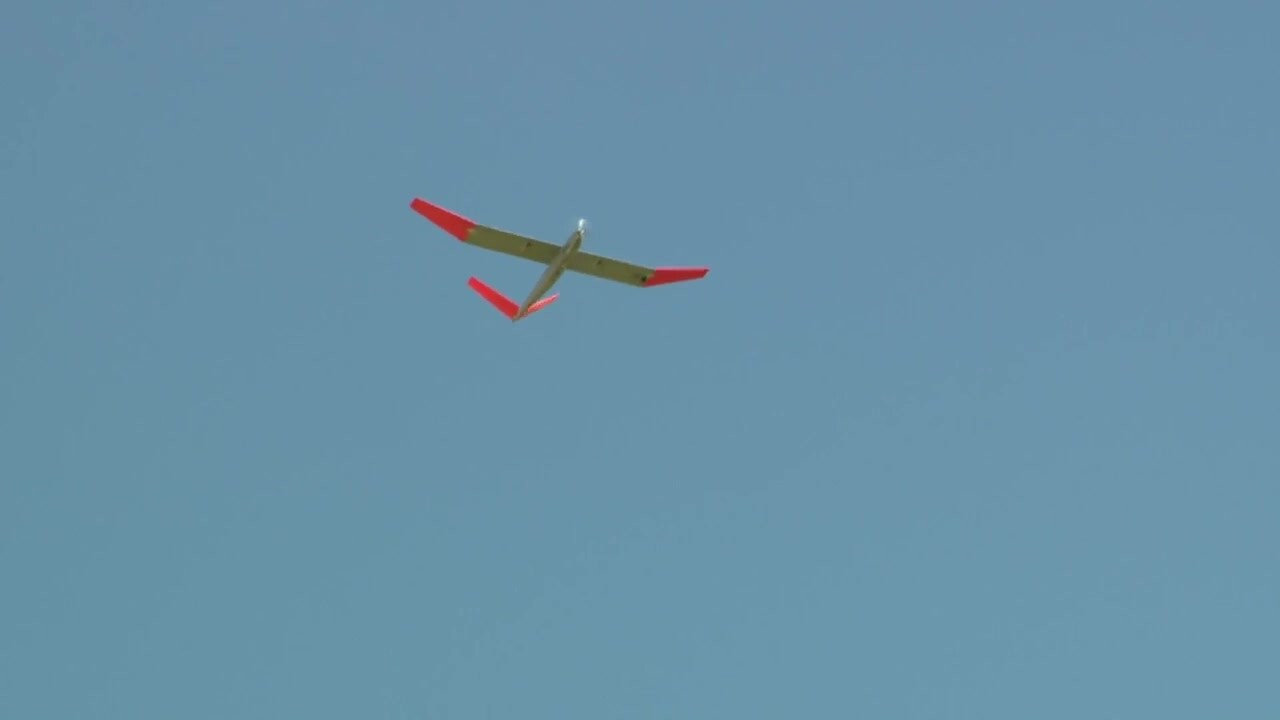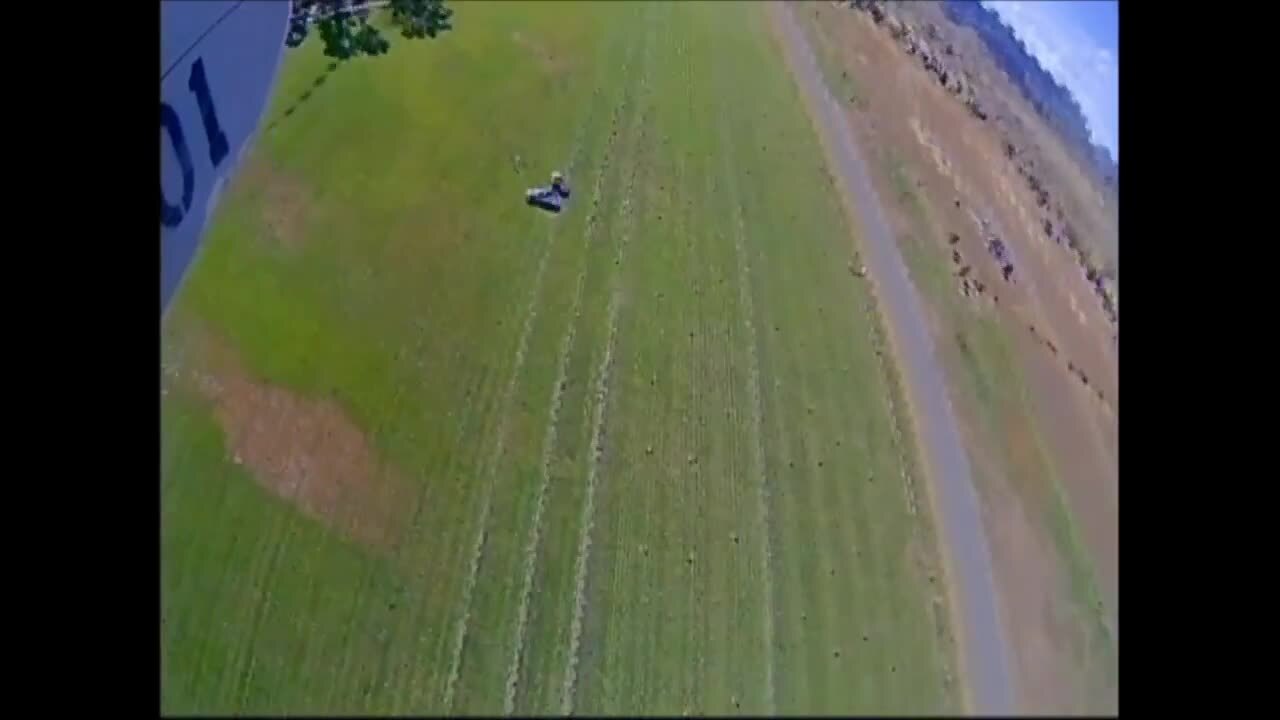CODY, WY. — New drone technology, created by an aerospace engineering company based in Powell, Wyoming is looking to help spot noxious weeds near Yellowstone National Park.
The weeds are harmful to wildlife, and if they were to spread into the park, it could damage the ecosystem.
Park County weed and pest supervisor Mary Mckinney knows just how devastating the spread of these noxious weeds would be.
"What we have here is Leafy Spurge," Mckinney said. "It's basically an ecosystem changer. It is especially toxic to wildlife and domestic animals."
Mckinney said that while most people only have to worry about weeds in their own backyard, her role as a supervisor is to protect the nearly 4 million acres that make up Park County.
"By Wyoming statute, it is our duty to protect not just our land but the land adjacent to us," Mckinney said. "It's not like protecting your backyard. We're trying to protect everybody's backyard, which is our public lands."

Part of that pressure is because Park County borders Yellowstone National Park.
Mckinney said that typically her team spots these weeds by hiking the area or by horseback, but that there is a lot of ground to cover, and they simply can't get to it all.
"Imagine millions of acres," Mckinney said. "Even on horseback, we simply can't cover it all."
But a new technological development could soon make their jobs much easier.
Thomas Rullman, owner and creator of GT Aeronautics, has been working on building a drone that could scope out the area since 2016.
"If we can spot it from the air, we can just give them the (latitude and longitude) of it," Rullman said. "Then they'll know where to go and we'll be able to see it right there."
Rullman, a former Navy pilot, said that the project has been filled with many trial and error, but that this impact could be huge for not just Park County but all of Wyoming.
"If this is as cost-efficient and time-efficient as we think it'll be, we have every intention of making it available for surrounding communities," Rullman said.

Leafy Spurge is typically easy to spot because when it blooms it becomes a neon-yellow.
Rullman's hope is that his drone, which is built like a mini-aircraft and has a camera, will be able to easily see the bloom from the skies.
"Sometimes, this leafy spurge is in a large field," Rullman said. "So, you see a large growth of it. That's really what you're trying to kill. You want to get these little, tiny spots, too, but ideally, you want to take out the big stuff."
Rullman said that there are adjustments that still need to be made. Specifically, the type of motor and camera the plane is equipped with could be improved. Currently, the image is a little fuzzy.

Mckinney said the impact on their day-to-day lives would be massive.
"Being able to survey vast acres with the equipment that's available from Tom and his company, that's definitely going to allow us a better resource and a better use of our time," Mckinney said. "It'll be great because then we know exactly where we need to go to terminate what weeds we deem necessary."
Rullman said that the goal is to have the drone properly equipped and ready for takeoff next spring.
"For me, designing the right aircraft and putting it all together, it takes obviously years," Rullman said. "To see it culminate, into helping whatever entity that reached out to us is an awesome feeling."



